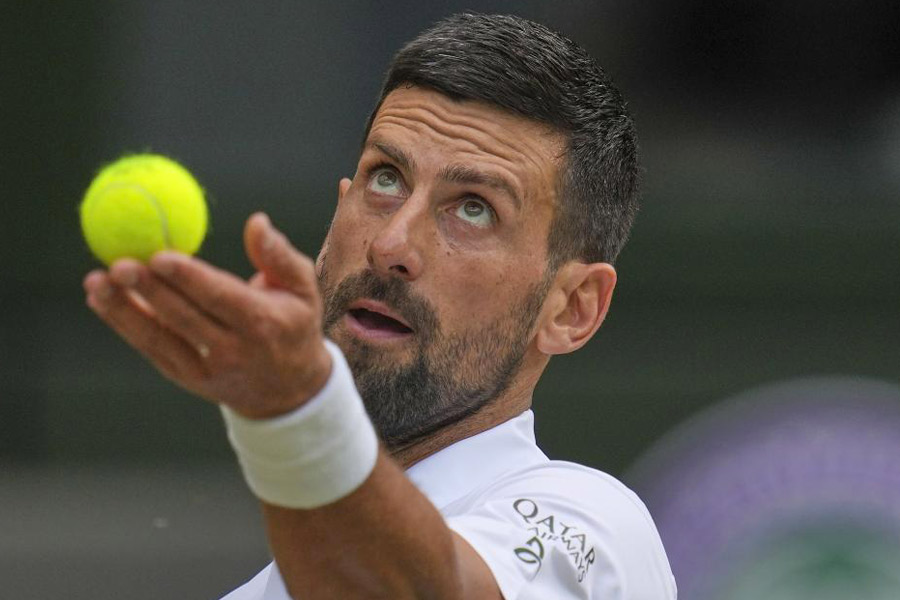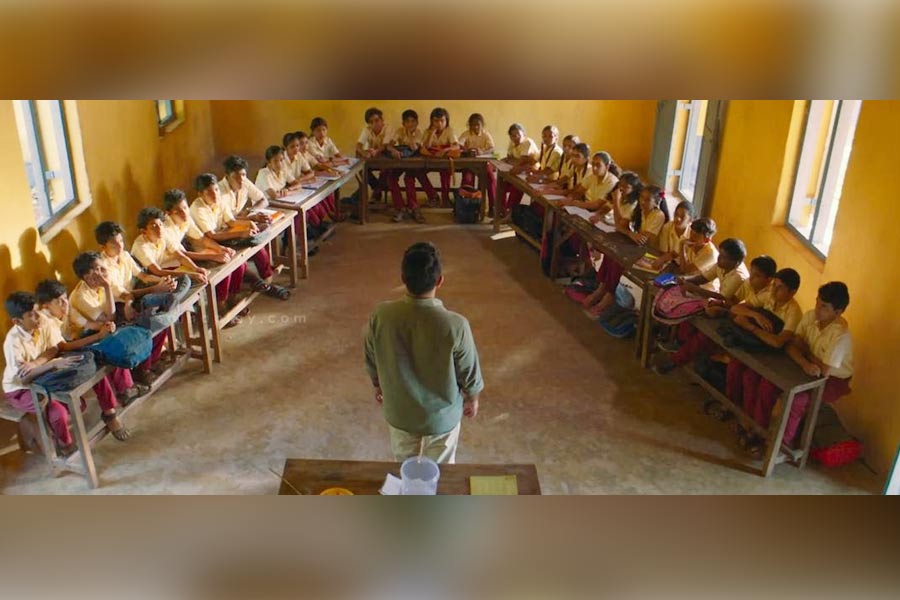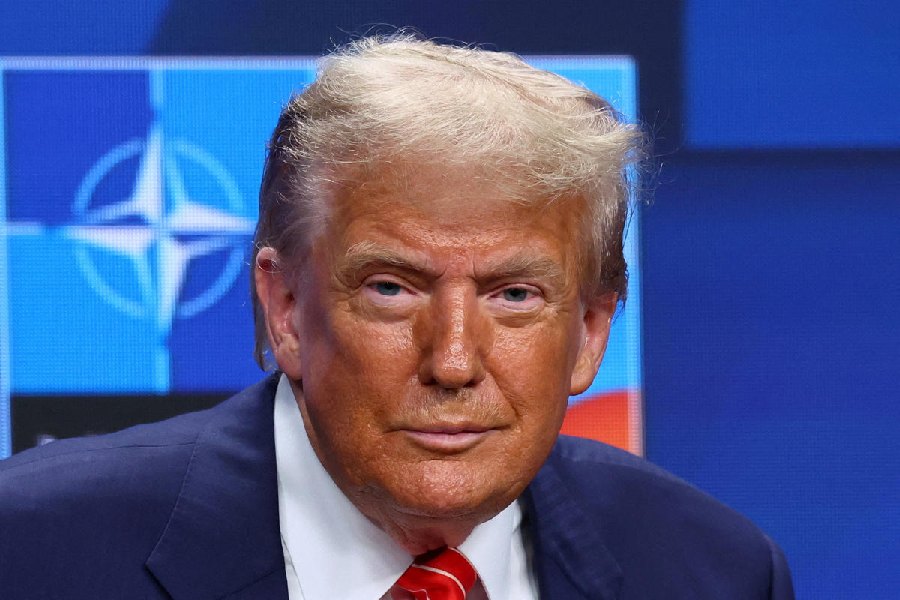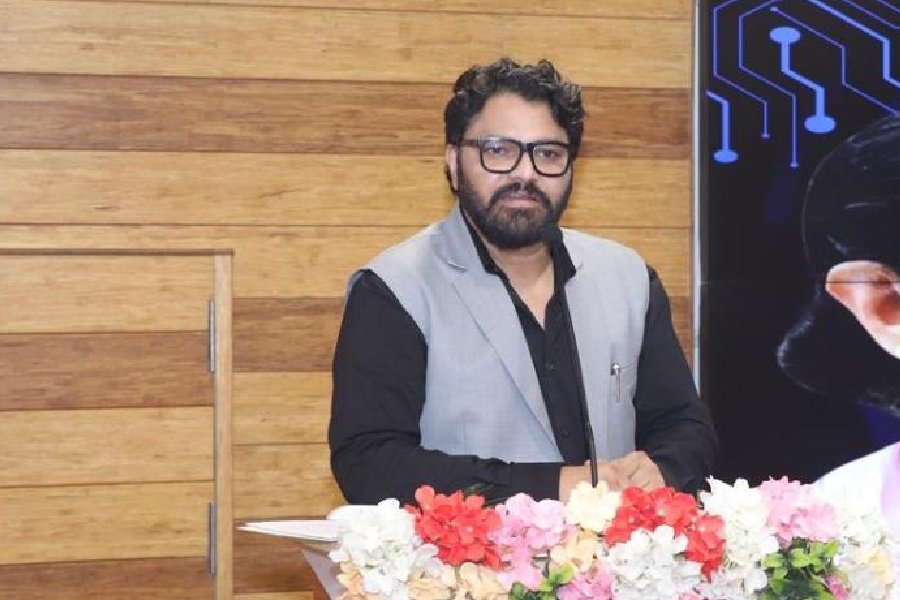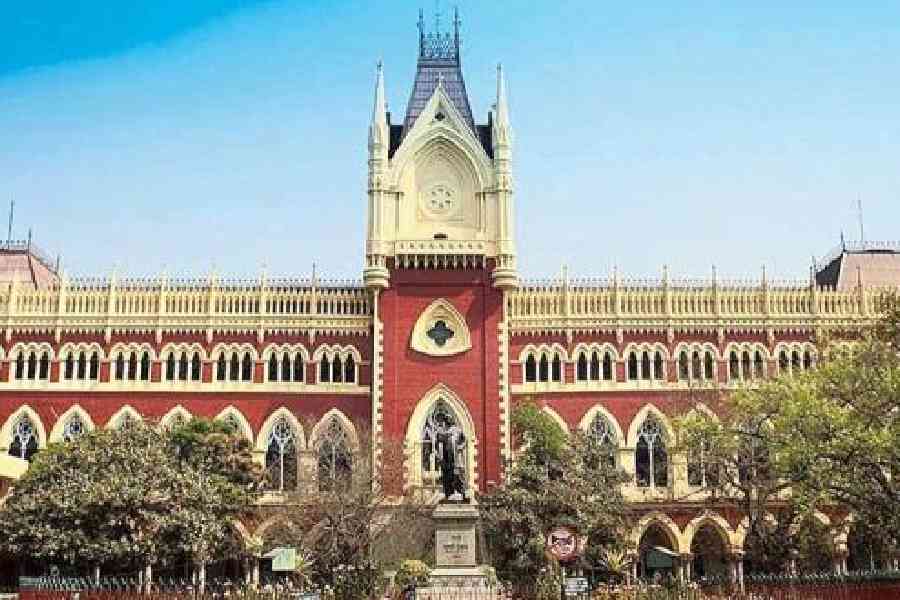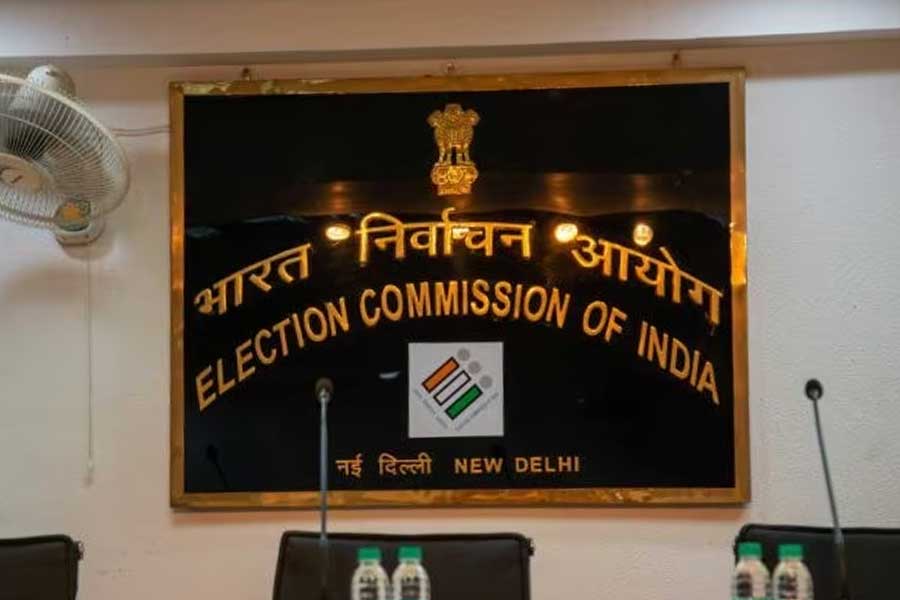Two significant developments occurred in India's relations with Myanmar in November. The first was a visit by General Maung Aye, vice-president of the Myanmar government, accompanied by a 16 member delegation to India. The second was a seminar organized by the Centre for Policy Research, New Delhi, and the Centre for Strategic Studies of Myanmar in November. The visit of Myanmar's vice-president attracted some controversy in segments of Indian public opinion. The point being made was that the military government of Myanmar having refused to respect the election results of 1990, has no legitimacy and, therefore, India, as a democracy, should not have contacts with the military government.
The point to remember is that Myanmar is an important neighbour and that the nurturing of relations with that country is of political, strategic and security interest to India. India's relations with Myanmar had been ambiguous and distant for nearly three decades. They are reviving just now. Recalling more recent history of our relations with this country is important. Indo-Myanmar relations went into a negative spin in 1990, when the military authorities of Myanmar refused to accept the 1990 electoral verdict of the Burmese people in which Aung San Suu Kyi, the leader of the National League for Democracy, emerged victorious.
India's commitment to democracy created distances with Myanmar as a result. In any case, the V.P. Singh and Chandra Sekhar governments were so enmeshed in domestic political uncertainties that they were not able to structure a cohesive foreign policy with a clear sense of priorities. It must be underlined that the government of Myanmar dealt with India's critical reaction to their assuming power with sobriety and without any polemical reactions. Nor did they react to Indian public and media criticism, and to our government's attitude by doing anything negative against India during the period
1989-91. It would be relevant to mention here that important Western powers like the United States, the United Kingdom, Germany and Japan, tried to generate political pressure on the military regime of Myanmar at the political level to give up power to Aung San Suu Kyi.
These powers also formally requested India to join their embassies in Yangon to present a formal protest to the military regime for its not respecting the results of the elections. The industrially advanced powers were hypocritical in this exercise because while indulging in general political opposition to the military regime, they continued their investments in Myanmar and their export trade to Myanmar. While India did not join them, India did convey its disappointment at the negation of democracy in Myanmar through bilateral diplomatic channels.
The considerations which influenced India to revive relations with Myanmar were, first, Myanmar's geo-strategic importance for India, Myanmar abuts on our sensitive northeastern states and portions of Bangladesh. Myanmar shares an equally significant border with China. Thus the northern frontiers of Myanmar constitute a tri-junction with Bangladesh, China and the eastern frontiers of India. Myanmar is also an important country on the rim of the Bay of Bengal, lying astride India's southeastern trade routes. The southeastern coast of Myanmar is close enough to the Andaman and Nicobar Islands of India, so developments in that area could affect our security interests in the Bay of
Bengal.
Indo-Myanmar cooperation to counter drug smuggling, narcotics crimes, insurgency and security threats to our northeastern states was acknowledged as imperatives for our foreign policy. It was equally important to ensure that Myanmar does not become part of an exclusive area of influence of other powers in the region with whom India has uneasy relations. China, for instance. This is an objective which would be shared by the people and governments of Myanmar also with a view to maintaining their independence and freedom of options in dealing with their foreign policy and security concerns.
It was, therefore, considered necessary to normalize relations with Myanmar regardless of the kind of government in power there. The third factor was clinically rational. While India remains committed to democracy and related values, there was no reason for India to unilaterally assume responsibility of creating democracies in other countries. This had to be the choice and responsibility of the people of the country concerned, in this case the people of Myanmar.
Preliminary discussions were held between the government of India and the Myanmar foreign office between February and August, 1992. I was a participant in these discussions, which ultimately led to the visit of the vice-foreign minister of Myanmar, U. Baswa, to India between August 11 and 13, 1992. The Myanmar delegation made three points during this visit. Myanmar respects India's commitment to democracy and hopes India would be patient about the revival of democracy in Myanmar. Second, Myanmar acknowledged that security and political concerns existed which are shared by both countries. Myanmar was therefore willing to cooperate with India in taking joint action to meet the security and strategic interests of both countries. The third point which Baswa made was that Myanmar will be willing to increase economic and technological cooperation with India. Another important anxiety of India was the increasing strategic linkages between Myanmar and China.
The Chinese had already built an all-weather road from Kunming in China to Mandalay in Myanmar, which they were planning to extend to Yangon. There were also reports of the Myanmar government providing some visiting and berthing facilities to the Chinese navy. When these points were raised with the Burmese authorities they responded by saying that they would be ready to accept India's assistance in building up the transportation network in their country. They indicated that they would like India making the road from Imphal and Mandalay and then on to Yangon as a parallel to the Chinese road-building activities.
They denied any military facilities being given to China and added that they would be willing to give general facilities to the Indian navy also in their ports and on their coast. There have been visits of the home secretaries, the controller of drugs and the ministers of commerce between the two countries between 1993 and now. Myanmar becoming a part of the Association of Southeast Asian Nations and the Asian Regional Forum over the last five years adds to the legitimacy of the Myanmar government in the eyes of other governments in the region and lends validity to our having relations with that country.
The visit of General Maung Aye, is, therefore, timely and strengthens our bilateral relations. The visit will increase Indo-Myanmar cooperation to prevent insurgency along the 1,600 kilometre sensitive Indo-Myanmar border. Myanmar has problems with Kachins, and we have problems with Naga separatists. There is an extensive complementarity of needs in the economic, commercial and technological spheres between Myanmar and India. Activating economic and technological cooperation was an important objective of this visit. If India speeds up the building of the Imphal-Tamu-Kalemayo road, a true beginning would be made to consolidate Myanmar as a land bridge between India and the southeast Asian countries.
The visit of General Maung Aye is a timely step. Dealing with a government in effective control in Myanmar which is recognized by all the important powers in the region, need not imply any dilution of India's commitment to democracy. It is sufficient if India focuses on strengthening its own democracy instead of moralizing about it to the other countries and other people. The overriding consideration in our relations with our neighbours should be safeguarding our interests and contributing to the stability and wellbeing of other countries concerned.
The author is former foreign secretary of India
 Saturday, 12 July 2025
Saturday, 12 July 2025

